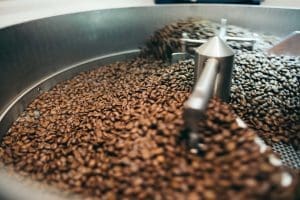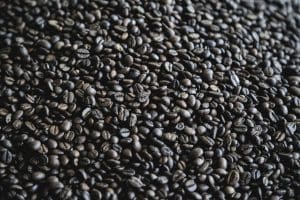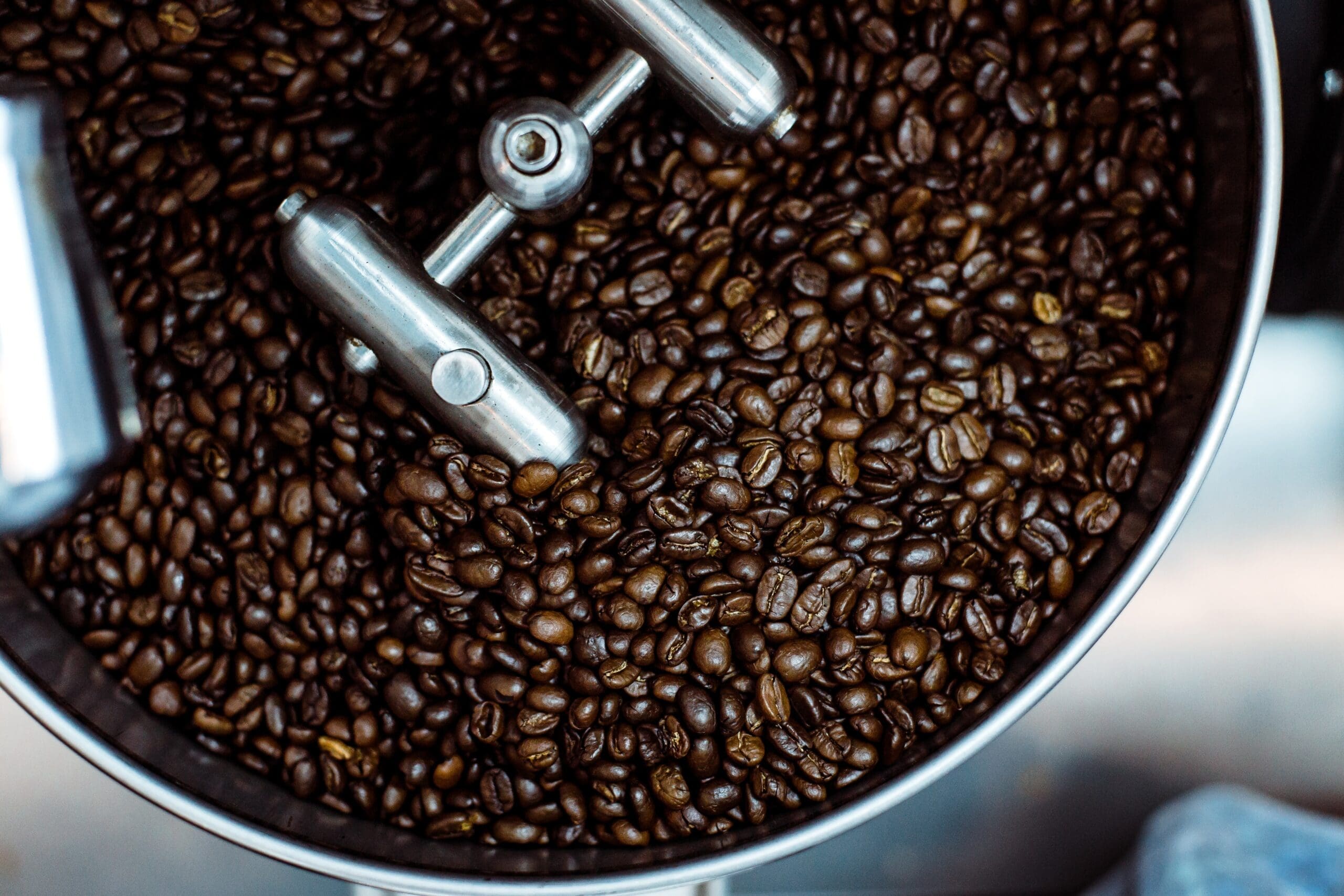
There’s a point in all our lives when we consider the possibility of making our own wine, or even buying a barrel and still to make our own spirits. It’s this type of thought that leads to some unique corollaries: making your own humidor, making your own ashtray, growing your own tobacco. And today’s endeavor, roast your own coffee. Coffee marketing gurus frequently use the monikers of high quality beans and freshness to sell their product to you, so why not beat them at their own game. There are many benefits to roasting your own beans, including saving money, longer shelf life of the raw beans, exploring new flavors, controlling your own blends, experimenting with different roasts, etc. Overall, I can’t really think of a better way of enhancing the overall enjoyment of coffee and save big time money. You may not imitate the greatest cup of coffee you’ve ever had right on the first go, but then again along the way you will very likely exceed it.
Procuring the Raw Green Coffee
This may very well be the trickiest part of the process, and lead to the greatest adventure. Your local bean roasting companies will likely resist selling you their green beans. They would rather roast it for you and make a larger markup, even though they can sell you green beans at a high profit anyways. Your best bet is to befriend a manager of one of these companies, and be persistent. If your lucky, they sell green beans under the table for a fair price. If you don’t live near a coffee roasting company, there are good sites for green beans such as Green Beanery. Expect to pay a third to two-thirds the price of roasted beans, around $9-15 per kilo. The green beans are smaller than their roasted brethren so it will look like less than it actually is.
Roasting Apparatus
The reason I never thought that home roasting was reasonable was that I expected to need an expensive home roasting apparatus. The breakthrough came when I gave it a shot on my home stovetop, using a cast iron skillet with a lid to trap in heat. You can home roast delicious coffee in this way using a tool you probably already have, or can get relatively cheap. If you live somewhere warm you probably don’t even really need the lid.
The Process
Dump enough green beans in the pan to cover the entire surface, but not much more than that. Too many beans leads to an uneven roast. You may want to try heating the pan first and then add the beans – this is after all an experiment. I suggest high heat – just under the max setting for your stovetop, and make sure you have the fan on maximum. This process creates a lot of smoke, and truthfully should be done outside over an open fire or on a barbeque side element. Some green beans will not only smoke profusely while they roast but also shed a layer of husk that blows everywhere and makes a big mess. The smoke does not smell like roasted coffee, strangely, but more like an unusual farm waste.
Shake the pan continuously while roasting to get as even a roast as possible


There are a few stages in the roasting process. The first occurs about 3 to 5 minutes after the beans are heated. You will begin to hear a soft popping sound, not unlike pop-corn. This is called the first crack, and is accompanied by a change in color of the beans from light green to a cinnamon color. While it is not my favorite type of roast, you could stop here if you have a robust grinder and make coffee from this lightest of roasts. The beans will still be quite hard and will make coffee with a very grainy, herbal flavor.


At about 7-9 minutes, the beans begin to turn a dark chocolate color, accompanied by a louder popping sound. This is second crack, and is the point of roast for much of the coffee we consume from our local providers. You will likely notice at this point an intense smoke, and husks beginning to remove from the beans and fly around your roasting area. This is normal, feel free to blow on the beans to help remove the husks. You may wish to pull off the beans here and let them cool, but you can keep going if you prefer a darker roast; again experimentation is the name of the game.
Give the beans at least an hour to cool off, and then they are ready to be ground. Depending on your beans, the flavor may improve for a further 48 hours or so as carbon dioxide from the roasting process blows off naturally from the beans. Here’s a guide to roast your own coffee that will give you a frame of reference as you get started.




